India film clapperboard (variant).svg
No. of screens 6,327 single screens (2019)
3,200 multiplex screens (2019)
• Per capita 9 per million (2015)
Produced feature films (2021)
Total 1691 Increase
Number of admissions (2016)
Total 2,020,000,000
• Per capita 1.69
National films 1,713,600,000 Increase
Gross box office (2019)
Total ₹190 billion ($2.56 billion)
National films $2.1 billion (2015)
The cinema of India consists of films produced in India, where more than 1,600 films produced annually. Major centres of film production in the country include Mumbai, Chennai, Hyderabad, Kochi, Kolkata, Bangalore, Bhubaneswar-Cuttack, and Guwahati. For a number of years the Indian film industry has ranked first in the world in terms of annual film output.In terms of box office it ranked third in 2019, with total gross of around ₹220 billion (US$2.7 billion).
Indian cinema is composed of various language film industries. In 2019, Hindi cinema represented 44% of box office revenue, followed by Tamil and Telugu film industries, each representing 13%. Other prominent languages in the Indian film industry include Malayalam and Kannada, representing 5% each, as well as Bengali, Marathi, Odia, Punjabi, Gujarati and Bhojpuri. As of 2020, the combined revenue of all other language film industries has surpassed that of the Mumbai-based Bollywood Hindi film industry. As of 2021, Telugu cinema leads Indian cinema's box-office revenue.
Indian cinema is a global enterprise and its films have wide viewership and fanbase throughout South Asia and have spread internationally. Modern film releases are dubbed into many languages, forming a Pan-India films movement. Millions of Indians overseas watch Indian films, accounting for 12% of revenue. Major Indian enterprises in the film industry include Aascar Films, Aashirvad Cinemas, AGS Entertainment, AVM Productions, Eros International, Geetha Arts, Lyca Productions, Modern Theatres, Mythri Movie Makers, Salman Khan Films, Sun Pictures, Suresh Productions, UTV Motion Pictures, Yash Raj Films and Zee Entertainment Enterprises.
History
The history of cinema in India extends to the beginning of the film era. Following the screening of the Lumière and Robert Paul moving pictures in London in 1896, commercial cinematography became a worldwide sensation and these films were shown in Bombay (now Mumbai) that same year.
Silent films (1890s–1920s)
In 1897, a film presentation by filmmaker Professor Stevenson featured a stage show at Calcutta's Star Theatre. With Stevenson's camera and encouragement, Indian photographer Hiralal Sen filmed scenes from that show, exhibited as The Flower of Persia (1898).The Wrestlers (1899), by H. S. Bhatavdekar, showing a wrestling match at the Hanging Gardens in Bombay, was the first film to be shot by an Indian and the first Indian documentary film.
.
The first full-length Indian films released in India were the Marathi-language silent films Shree Pundalik (1912, Dadasaheb Torne) and Raja Harishchandra (1913, Dadasaheb Phalke). Both were premiered at the Coronation Cinematograph in Bombay. Some film scholars have a rgued that Pundalik was not a true Indian film because it was simply a recording of a stage play, filmed by a British cameraman with the film processed in London. The latter film had a story based on elements from Sanskrit epics, and its successes led many to consider Phalke a pioneer of Indian cinema.
The first Tamil and Malayam films, also silent films, were Keechaka Vadham (1916, R. Nataraja Mudaliar) and Vigathakumaran (1928, J. C. Daniel Nadar). The latter was the first Indian social drama film and featured the first Dalit-caste film actress.
The first chain of Indian cinemas, Madan Theatre, was owned by Parsi entrepreneur Jamshedji Framji Madan, who oversaw the production and distribution of films for the chain.These included film adaptations from Bengal's popular literature and Satyawadi Raja Harishchandra (1917), a remake of Phalke's influential film.[citation needed]
In South India, film pioneer Raghupathi Venkayya, credited as the father of Telugu cinema, built the first cinemas in Madras (now Chennai), and a film studio was established in the city by Nataraja Mudaliar.
Films steadily gained popularity across India as affordable entertainment for the masses (admission as low as an anna [one-sixteenth of a rupee] in Bombay). Young producers began to incorporate elements of Indian social life and culture into cinema, others brought new ideas from across the world. Global audiences and markets soon became aware of India's film industry.
In 1927, the British government, to promote the market in India for British films over American ones, formed the Indian Cinematograph Enquiry Committee. The ICC consisted of three British and three Indians, led by T. Rangachari, a Madras lawyer. This committee failed to bolster the desired recommendations of supporting British Film, instead recommending support for the fledgling Indian film industry, and their suggestions were set aside.
Talkies (1930s–mid-1940s)
The first Indian sound film was Alam Ara (1931, Ardeshir Irani). He also produced South India's first sound film, the Tamil–Telugu bilingual talking picture Kalidas (1931, H. M. Reddy).
Jumai Shasthi was the first Bengali talkie. Chittoor Nagayya was one of the first multilingual filmmakers in India.
East India Film Company produced its first Telugu film, Savitri (1933, C. Pullaiah), adapted from a stage play by Mylavaram Bala Bharathi Samajam. The film received an honorary diploma at the 2nd Venice International Film Festival.
Jyoti Prasad Agarwala made his first film Joymoti (1935) in Assamese, and later made Indramalati.[citation needed] The first film studio in South India, Durga Cinetone, was built in 1936 by Nidamarthi Surayya in Rajahmundry, Andhra Pradesh. The advent of sound to Indian cinema launched musicals such as Indra Sabha and Devi Devyani, marking the beginning of song-and-dance in Indian films. By 1935, studios emerged in major cities such as Madras, Calcutta and Bombay as filmmaking became an established industry, exemplified by the success of Devdas (1935). The first colour film made in India was Kisan Kanya (1937, Moti B). Vishwa Mohini (1940) was the first Indian film to depict the Indian movie-making world.
Swamikannu Vincent, who had built the first cinema of South India in Coimbatore, introduced the concept of "tent cinema" in which a tent was erected on a stretch of open land to screen films. The first of its kind was in Madras and called Edison's Grand Cinema Megaphone. This was due to the fact that electric carbons were used for motion picture projectors. Bombay Talkies opened in 1934 and Prabhat Studios in Pune began production of Marathi films. Sant Tukaram (1936) was the first Indian film to be screened at an international film festival,at the 1937 edition of the Venice Film Festival. The film was judged one of the three best films of the year. However, while Indian filmmakers sought to tell important stories, the British Raj banned Wrath (1930) and Raithu Bidda (1938) for broaching the subject of the Indian independence movement.
The Indian Masala film—a term used for mixed-genre films that combined song, dance, romance, etc.—arose following the Second World War. During the 1940s, cinema in South India accounted for nearly half of India's cinema halls, and cinema came to be viewed as an instrument of cultural revival. The Indian People's Theatre Association (IPTA), an art movement with a communist inclination, began to take shape through the 1940s and the 1950s. IPTA plays, such as Nabanna (1944), prepared the ground for realism in Indian cinema, exemplified by Khwaja Ahmad Abbas's Dharti Ke Lal (Children of the Earth, 1946).The IPTA movement continued to emphasize realism in films Mother India and Pyaasa, among India's most recognizable cinematic productions.
Following independence, the 1947 partition of India divided the nation's assets and a number of studios moved to Pakistan. Partition became an enduring film subject thereafter. The Indian government had established a Films Division by 1948, which eventually became one of the world's largest documentary film producers with an annual production of over 200 short documentaries, each released in 18 languages with 9,000 prints for permanent film theatres across the country.
Golden Age (late 1940s–1960s)
Satyajit Ray is recognised as one of the greatest filmmakers of the 20th century.
The period from the late 1940s to the early 1960s is regarded by film historians as the Golden Age of Indian cinema.This period saw the emergence of the Parallel Cinema movement, which emphasized social realism. Mainly led by Bengalis, early examples include Dharti Ke Lal (1946, Khwaja Ahmad Abbas), Neecha Nagar (1946, Chetan Anand), Nagarik (1952, Ritwik Ghatak) and Do Bigha Zamin (1953, Bimal Roy), laying the foundations for Indian neorealism[86] and the Indian New Wave.
The Apu Trilogy (1955–1959, Satyajit Ray) won prizes at several major international film festivals and firmly established the Parallel Cinema movement. It was influential on world cinema and led to a rush of coming-of-age films in art house theatres. Cinematographer Subrata Mitra developed the technique of bounce lighting, to recreate the effect of daylight on sets, during the second film of the trilogy and later pioneered other effects such as the photo-negative flashbacks and X-ray digressions.
During the 1950s, Indian cinema reportedly became the world's second largest film industry, earning a gross annual income of ₹250 million (equivalent to ₹22 billion or US$280 million in 2020) in 1953. The government created the Film Finance Corporation (FFC) in 1960 to provide financial support to filmmakers.While serving as Information and Broadcasting Minister of India in the 1960s, Indira Gandhi supported the production of off-beat cinema through the FFC
Commercial Hindi cinema began thriving, including acclaimed films Pyaasa (1957) and Kaagaz Ke Phool (1959, Guru Dutt) Awaara (1951) and Shree 420 (1955, Raj Kapoor). These films expressed social themes mainly dealing with working-class urban life in India; Awaara presented Bombay as both a nightmare and a dream, while Pyaasa critiqued the unreality of city life.
Epic film Mother India (1957, Mehboob Khan) was the first Indian film to be nominated for the US-based Academy of Motion Picture Arts and Sciences' Academy Award for Best Foreign Language Film and defined the conventions of Hindi cinema for decades. It spawned a new genre of dacoit films. Gunga Jumna (1961, Dilip Kumar) was a dacoit crime drama about two brothers on opposite sides of the law, a theme that became common in Indian films in the 1970s.Madhumati (1958, Bimal Roy) popularized the theme of reincarnation in Western popular culture.
Actor Dilip Kumar rose to fame in the 1950s, and was the biggest Indian movie star of the time. He was a pioneer of method acting, predating Hollywood method actors such as Marlon Brando. Much like Brando's influence on New Hollywood actors, Kumar inspired Indian actors, including Amitabh Bachchan, Naseeruddin Shah, Shah Rukh Khan and Nawazuddin Siddiqui.
Neecha Nagar (1946) won the Palme d'Or at Cannes and Indian films competed for the award most years in the 1950s and early 1960s. Ray is regarded as one of the greatest auteurs of 20th century cinema,along with his contemporaries Duttand Ghatak. In 1992, the Sight & Sound Critics' Poll ranked Ray at No. 7 in its list of Top 10 Directors of all time.Multiple films from this era are included among the greatest films of all time in various critics' and directors' polls, including The Apu Trilogy, Jalsaghar, Charulata Aranyer Din Ratri, Pyaasa, Kaagaz Ke Phool, Meghe Dhaka Tara, Komal Gandhar, Awaara, Baiju Bawra, Mother India, Mughal-e-Azam and Subarnarekha
Sivaji Ganesan became India's first actor to receive an international award when he won the Best Actor award at the Afro-Asian film festival in 1960 and was awarded the title of Chevalier in the Legion of Honour by the French Government in 1995. Tamil cinema is influenced by Dravidian politics, with prominent film personalities C N Annadurai, M G Ramachandran, M Karunanidhi and Jayalalithaa becoming Chief Ministers of Tamil Nadu.
1970s–present
By 1986, India's annual film output had increased to 833 films annually, making India the world's largest film producer.Hindi film production of Bombay, the largest segment of the industry, became known as "Bollywood".
By 1996, the Indian film industry had an estimated domestic cinema viewership of 600 million people, establishing India as one of the largest film markets, with the largest regional industries being Hindi, Tamil and Telugu films. In 2001, in terms of ticket sales, Indian cinema sold an estimated 3.6 billion tickets annually across the globe, compared to Hollywood's 2.6 billion tickets sold.
Hindi
Realistic Parallel Cinema continued throughout the 1970 practised in many Indian film cultures. The FFC's art film orientation came under criticism during a Committee on Public Undertakings investigation in 1976, which accused the body of not doing enough to encourage commercial cinema.
Hindi commercial cinema continued with films such as Aradhana (1969), Sachaa Jhutha (1970), Haathi Mere Saathi (1971), Anand (1971), Kati Patang (1971) Amar Prem (1972), Dushman (1972) and Daag (1973)
The screenwriting duo Salim–Javed, consisting of Salim Khanand Javed Akhtar (r), revitalised Indian cinema in the 1970and are considered Bollywood's greatest screenwriters.
By the early 1970s, Hindi cinema was experiencing thematic stagnation, dominated by musical romance films. Screenwriter duo Salim–Javed (Salim Khan and Javed Akhtar) revitalised the industry. They established the genre of gritty, violent, Bombay underworld crime films with Zanjeer (1973) and Deewaar (1975). They reinterpreted the rural themes of Mother India and Gunga Jumna in an urban context reflecting 1970s India, channelling the growing discontent and disillusionment among the masses,unprecedented growth of slums and urban poverty, corruption and crime, as well as anti-establishment themes.This resulted in their creation of the "angry young man", personified by Amitabh Bachchan, who reinterpreted Kumar's performance in Gunga Jumnaand gave a voice to the urban poor.
By the mid-1970s, Bachchan's position as a lead actor was solidified by crime-action films Zanjeer and Sholay (1975).The devotional classic Jai Santoshi Ma (1975) was made on a low budget and became a box office success and a cult classic.Another important film was Deewaar (1975, Yash Chopra), a crime film with brothers on opposite sides of the law which Danny Boyle described as "absolutely key to Indian cinema"
The term "Bollywood" was coined in the 1970s,when the conventions of commercial Bombay-produced Hindi films were established. Key to this was Nasir Hussain and Salim–Javed's creation of the masala film genre, which combines elements of action, comedy, romance, drama, melodrama and musical. Their film Yaadon Ki Baarat (1973) has been identified as the first masala film and the first quintessentially Bollywood film.Masala films made Bachchan the biggest Bollywood movie star of the period. Another landmark was Amar Akbar Anthony (1977, Manmohan Desai). Desai further expanded the genre in the 1970s and 1980s.
Commercial Hindi cinema grew in the 1980s, with films such as Ek Duuje Ke Liye (1981), Disco Dancer (1982), Himmatwala (1983), Tohfa (1984), Naam (1986), Mr India (1987), and Tezaab (1988).
In the late 1980s, Hindi cinema experienced another period of stagnation, with a decline in box office turnout, due to increasing violence, decline in musical melodic quality, and rise in video piracy, leading to middle-class family audiences abandoning theatres. The turning point came with Indian blockbuster Disco Dancer (1982) which began the era of disco music in Indian cinema. Lead actor Mithun Chakraborty and music director Bappi Lahiri had the highest number of mainstream Indian hit movies that decade. At the end of the decade, Yash Chopra's Chandni (1989) created a new formula for Bollywood musical romance films, reviving the genre and defining Hindi cinema in the years that followed. Commercial Hindi cinema grew in the late 1980s and 1990s, with the release of Mr. India (1987), Qayamat Se Qayamat Tak (1988), Chaalbaaz (1989), Maine Pyar Kiya (1989), Lamhe (1991), Saajan (1991), Khuda Gawah (1992), Khalnayak (1993), Darr (1993), Hum Aapke Hain Koun..! (1994), Dilwale Dulhaniya Le Jayenge (1995), Dil To Pagal Hai (1997), Pyar Kiya Toh Darna Kya (1998) and Kuch Kuch Hota Hai (1998). Cult classic Bandit Queen (1994) directed by Shekhar Kapur received international recognition and controversy.
In the late 1990s, there was a resurgence of Parallel Cinema in Bollywood, largely due to the critical and commercial success of crime films such as Satya (1998) and Vaastav (1999). These films launched a genre known as "Mumbai noir", reflecting social problems in the city.
Since the 1990s, the three biggest Bollywood movie stars have been the "Three Khans": Aamir Khan, Shah Rukh Khan, and Salman Khan. Combined, they starred in the top ten highest-grossing Bollywood films,and have dominated the Indian box office since the 1990s. Shah Rukh Khan was the most successful for most of the 1990s and 2000s, while Aamir Khan has been the most successful since the late 2000s;according to Forbes, Aamir Khan is "arguably the world's biggest movie star" as of 2017, due to his immense popularity in India and China. Other notable Hindi film stars of recent decades include Akshay Kumar, Ajay Devgan, Hrithik Roshan, Anil Kapoor, Sanjay Dutt, Sridevi, Madhuri Dixit and Kajol.
Haider (2014, Vishal Bhardwaj), the third instalment of the Indian Shakespearean Trilogy after Maqbool (2003) and Omkara (2006), won the People's Choice Award at the 9th Rome Film Festival in the Mondo Genere making it the first Indian film to achieve this honour.
The 2000s and 2010s also saw the rise of a new generation of popular actors like Shahid Kapoor, Ranbir Kapoor, Ranveer Singh, Ayushmann Khurrana, Varun Dhawan, Sidharth Malhotra, Sushant Singh Rajput, Kartik Aaryan, Arjun Kapoor, Aditya Roy Kapur and Tiger Shroff, as well as actresses like Vidya Balan, Priyanka Chopra, Katrina Kaif, Kangana Ranaut, Deepika Padukone, Sonam Kapoor, Anushka Sharma, Shraddha Kapoor, Alia Bhatt and Kriti Sanon with Balan and Ranaut gaining wide recognition for successful female-centric films such as The Dirty Picture (2011), Kahaani (2012), Queen (2014), Tanu Weds Manu Returns (2015) and Manikarnika: The Queen of Jhansi (2019). Kareena Kapoor and Rani Mukerji are among the few working actresses from the 2000s and late 1990s who successfully completed more than 20 years in the industry.










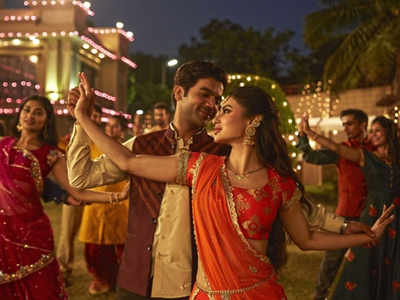
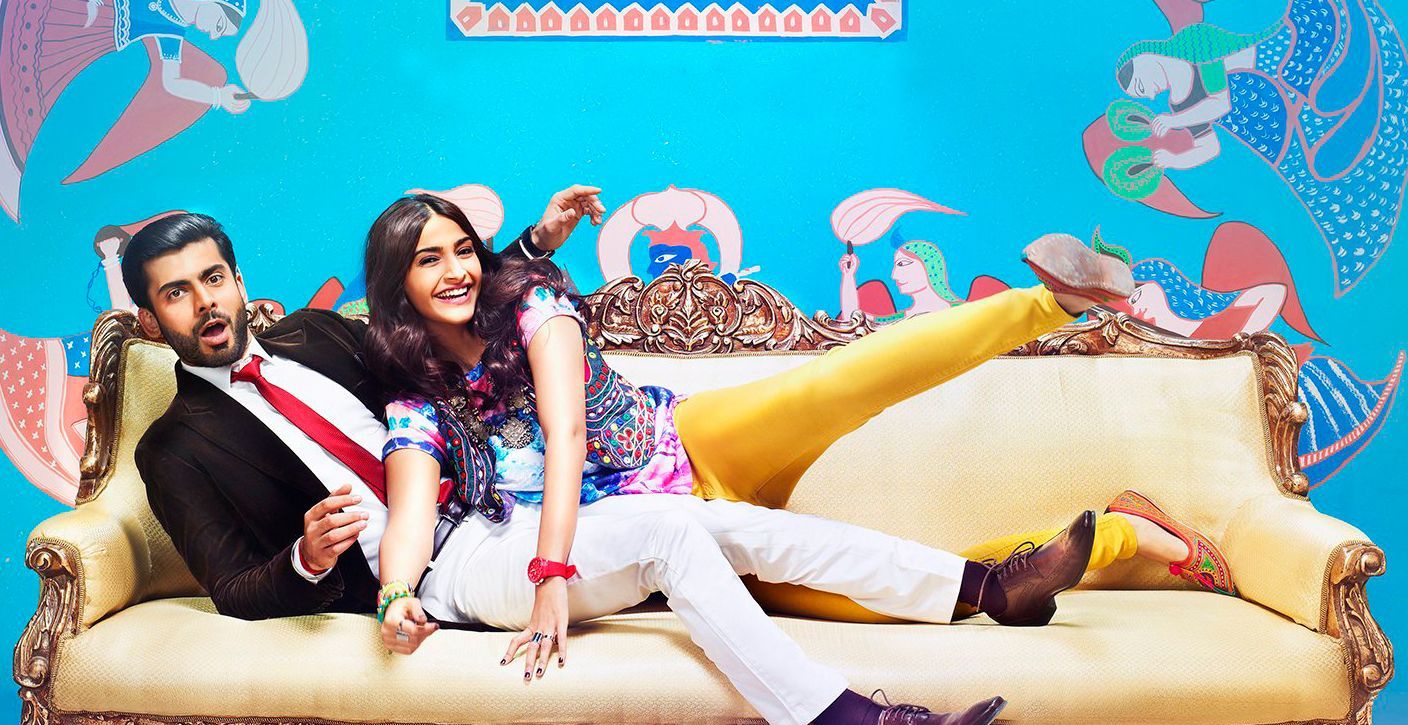
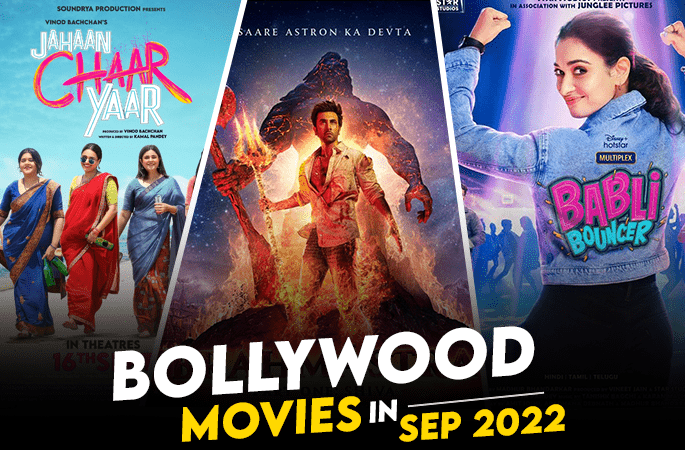

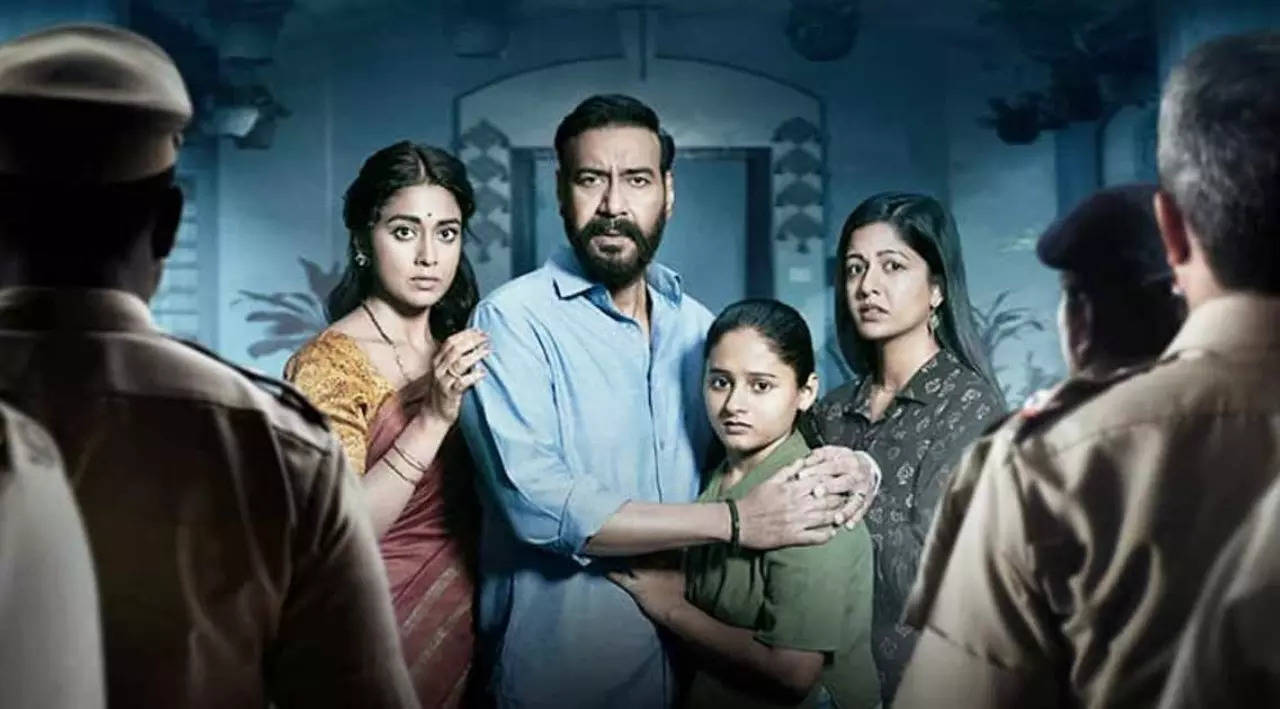


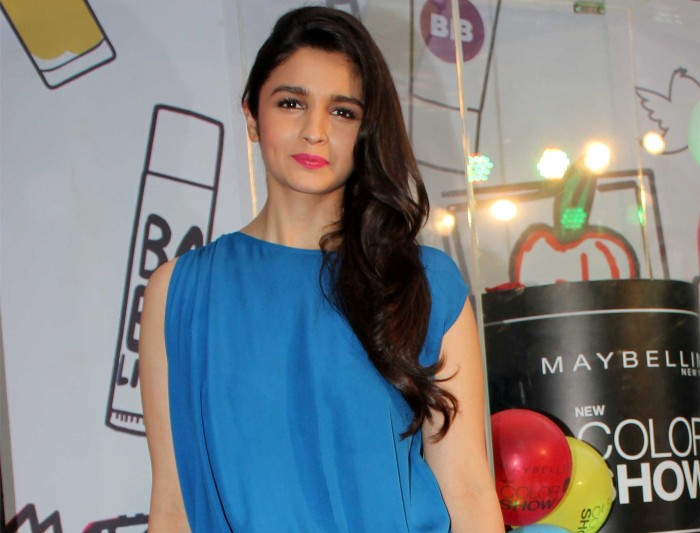


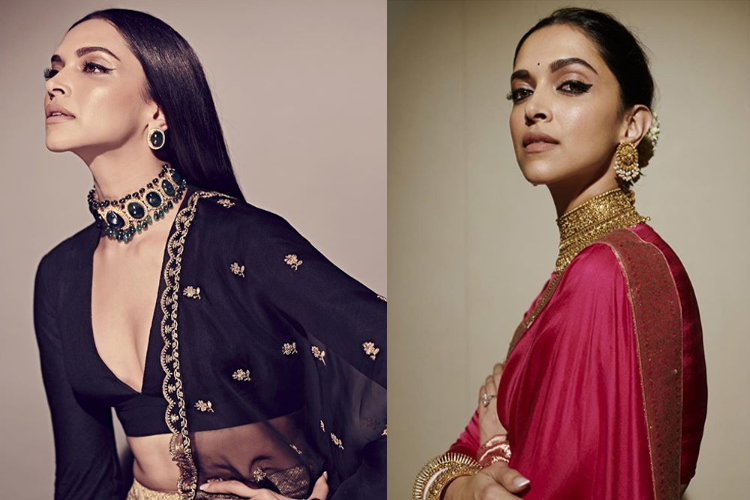


























0 Comments
retng our site